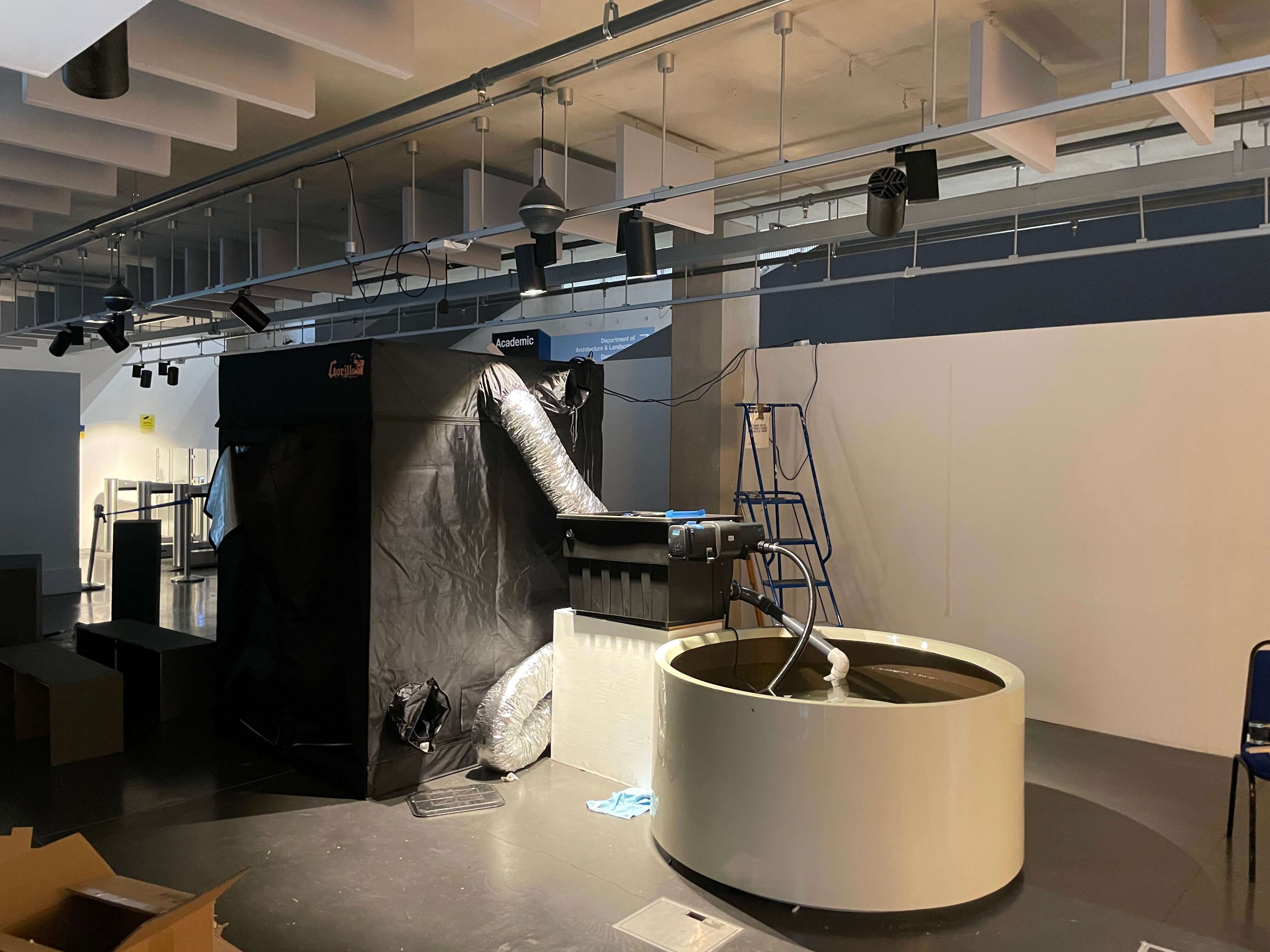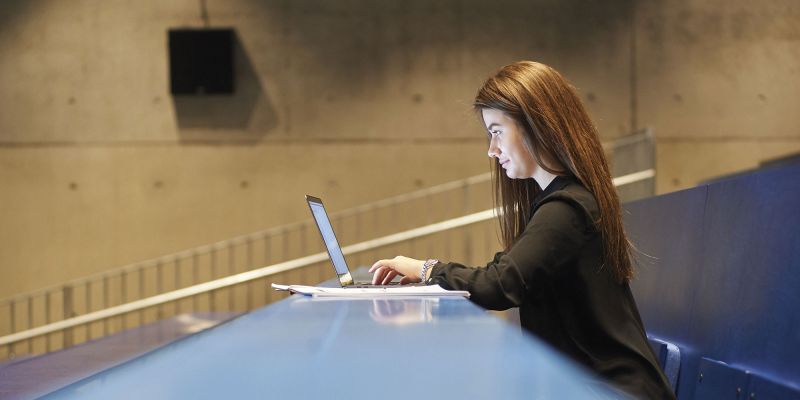The Feeding Mars exhibition showcases a live experiment growing vegetables, herbs and fruits in Martian simulant soils. The crops will grow using an aquaponic system – a circular way of growing food which uses water, fish and fish waste.
The exhibition will feature fish tanks, filtration units and plant growing tents. It will work as a pilot version to gather data to assist in a bigger, collaborative bid. It will be at the Project Space in the university’s Stockwell Street building (17 March to 22 May).
Dr Benz Kotzen, from the university’s School of Design, is an aquaponics expert. He said: “The prime aim of the project is to see whether this aquaponic system can provide the appropriate nutrients for growing plants in soil conditions that replicate Mars.
“We’ll be studying the effects of fish waste on the quality of different vegetable, fruit and herb crops grown in a Martian regolith simulant. This is the type of ‘soil’ found on Mars, as well as arid areas on Earth where there is no organic content in the soil. We can then compare these to the same crops grown using a standard horticultural soil, and evaluate the biophysical evolution of the regolith treated with fish effluents towards a productive soil.”
NASA and other space agencies are discussing the possibility of creating settlements on the Moon, as well as on Mars, which could potentially support human life.
Artists and scientists from Greenwich have started looking at how humans might survive on other planets. The university has been working on the co-production of fish and vegetables in aquaponic systems since 2014. The Feeding Mars project provides an opportunity to give visitors a glimpse of future food production technology on Earth and in space.
Dr Kotzen added: “We’re looking at Mars because it has a day length similar to that of Earth, and water in the form of ice on its surface and in the rocks below.
“Mars is 54.6 million km away from Earth, and it would take around seven months to get there using current technology.
“This means most of the food required will need to be produced in situ. Living on Mars will therefore require growing freshly produced food to supply long-term colonists with a balanced nutritional and interesting diet.”
Aquaponics is an innovative food production system where the waste from fish is converted by bacteria that occur naturally in water into nutrients for the plants. The water is returned to the fish after being cleaned by the plants.
“You can use this system to grow lots of food, such as vegetables, salads, herbs, teas and medicinal plants,” added Dr Kotzen.
“The fish we will use are tilapia (Oreochromis niloticus). The Aquaponics Group, School of Design, are researching alternative feeds including protein from black soldier fly larvae, which potentially could be produced on Mars.
“In this pilot study, the fish are provided with the appropriate environment and feed for them to thrive, with constant monitoring of their health and wellbeing. The idea is the fish transported would be used to provide the nutrients to grow plants. Once at the right size, the fish can be eaten. The bits of the fish that aren’t eaten will be used to make fishmeal that can also be used as fertiliser for plants.”
If the pilot goes well the team will expand the project. The plants will be grown initially in small trays and pots before being moved – after they become seedlings – to larger pots.
These will be in a large grow tent which will simulate Mars growing conditions in terms of light, temperature, humidity and air movement.
Pictures show the entire system in place; the fish tank (with filtration units); inside of growing tent. Fish tank is roughly 2m diameter and 1m deep, growing tent is about 3m high, 1.5m wide and 2m deep.
Taking part in the project are:
Dr Benz Kotzen, Principal Investigator of Project, School of Design; Dr Sarah Milliken, Co-Investigator of Project, Research Fellow, School of Design; Dr Marcos Paradelo Perez, Soils and Experimental Design, Fellow in Soils, Natural Resources Institute (NRI); Lorenzo Fruscella, PhD student in soil-based aquaponics in the School of Design; Kam Rehal, Exhibition Designer; Emmanouil Kanellos, Exhibition Designer; Dr Andrew Knight Hill, Sound Designer.

